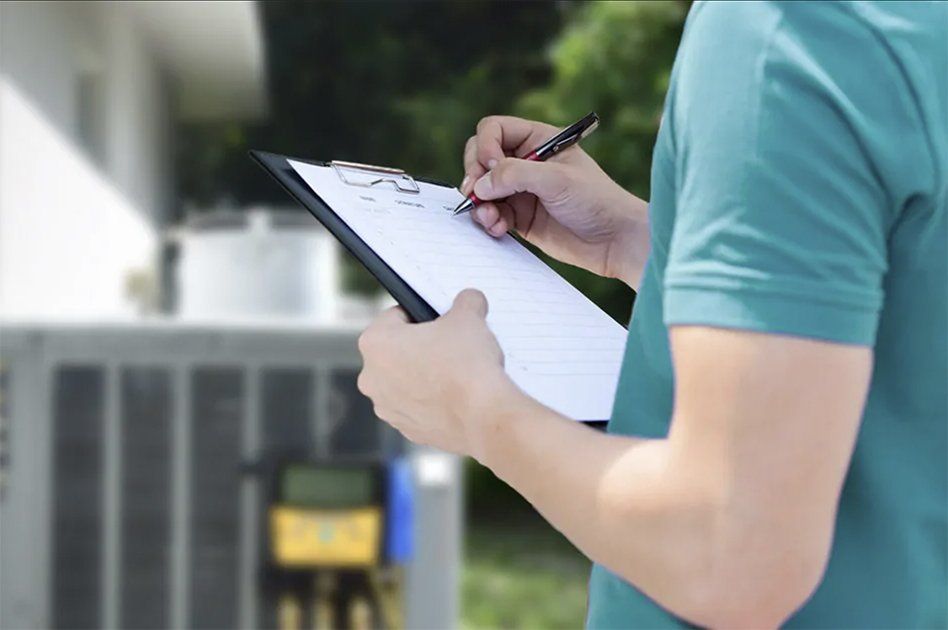Sign Up For Substantial
Energy Savings
Reap The Benefits of
Customized Regular Maintenance
You can save money and protect your HVAC systems for an entire year thanks to our energy savings programs. We gladly offer maintenance agreements starting at $14.95 per month. Our maintenance agreement (MA) program is designed to check, clean, and maintain your HVAC systems. Your heating and cooling equipment will stay reliable, safe, and efficient for years to come. Contact us today to learn more about our inspection criteria. With a complete analysis and performance check at all points, you can minimize the effects of wear and tear to due to age and operation.
You're a busy person; it's natural to be running behind on those around-the-house maintenance jobs. However, when you neglect your HVAC systems, you're putting your equipment in jeopardy for serious risks and costly repairs. If your utility bills are costing a fortune, it's probably because of a poorly maintained system. With our energy savings agreement, we'll gladly remind you when it’s time to schedule your maintenance.
You'll have peace of mind knowing your residential and commercial equipment is running at the manufacturer's recommended specifications, which satisfies requirements for your WARRANTY . It also reduces utility bills, extends equipment life, improves indoor comfort, and ensures equipment safety. This in turn directly reduces the number of major repairs. When you sign up, you'll receive priority scheduling for your tune-up. In the event that your system breaks down, you will receive a 10% discount on repairs or new equipment! Download and print our maintenance agreement.
Our maintenance agreements include:
- 15% Off any flat rate repair during the agreement term.
- Cleaning the air conditioning coils
- Cleaning condensate pans
- Cleaning the blower compartment
- Cleaning the burner assembly
- Checking the temperature difference of the air
- Checking the thermostat operation
- Checking air filters
- Checking volts and amps of the motors
- Checking the duct system & circuit boards
- Checking refrigerant pressures
- Checking the heat exchanger
- Blowing out the drains
- Test starting capabilities
- Tightening electrical connections
- Adding chem. tabs to the drain pans
- Testing safety controls
Aaron Mechanical, LLC
• 3 Generation Family-Owned
and Operated Since 1978
• Fully-Licensed and Insured
• Service All Makes and Models
• Factory Trained HVAC Techs
• Warranties and Guarantees
• Board Member of ACCA
• Century Dealer Council
Phone
281.540.4822
Address
45 Wilson Rd. Suite 303
Humble, TX 77338
License Number
TACLA023312C
Our Mission
Statement
Aaron Mechanical, LLC is committed to providing the highest quality and highest performance in design, fabrication, installation, and service of all your air conditioning , heating , refrigeration, indoor air quality, and ventilation products. We will continue to grow our partnership with you through trust, honesty, and competitive pricing. We utilize our skills and training to ensure the continued success of our employees and our customers.
We'd like to invite you to share your personal experience with us. We believe that no amount of tweeting, advertising or direct mailing can influence consumers the way an honest, objective peer review can. Your feedback not only helps us, it will help other potential customers. Thank you for your time and consideration.
If your experience was unsatisfactory we want to know that too. Please click
HERE
to contact us, so we can address it and determine how we may improve our services. Thank you.




